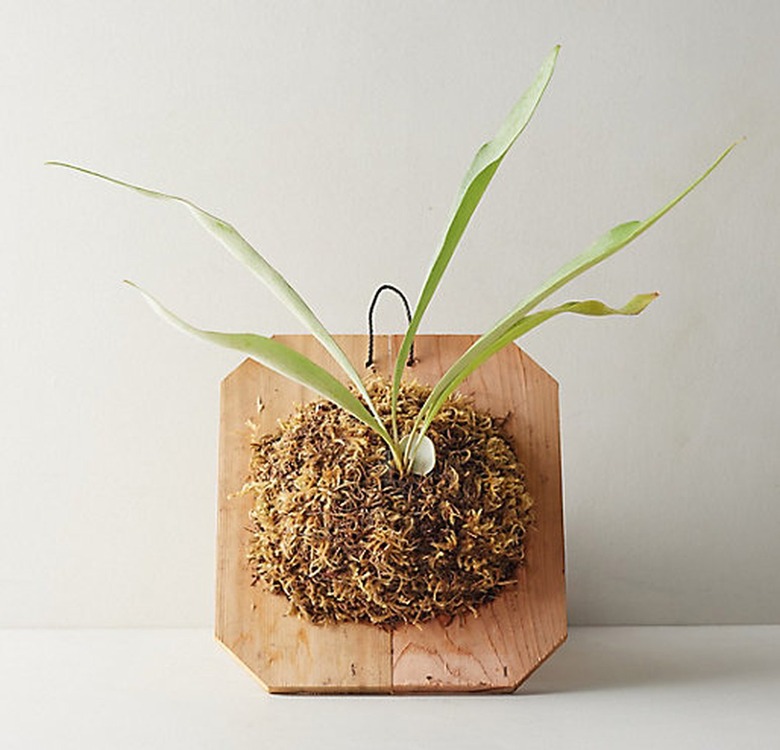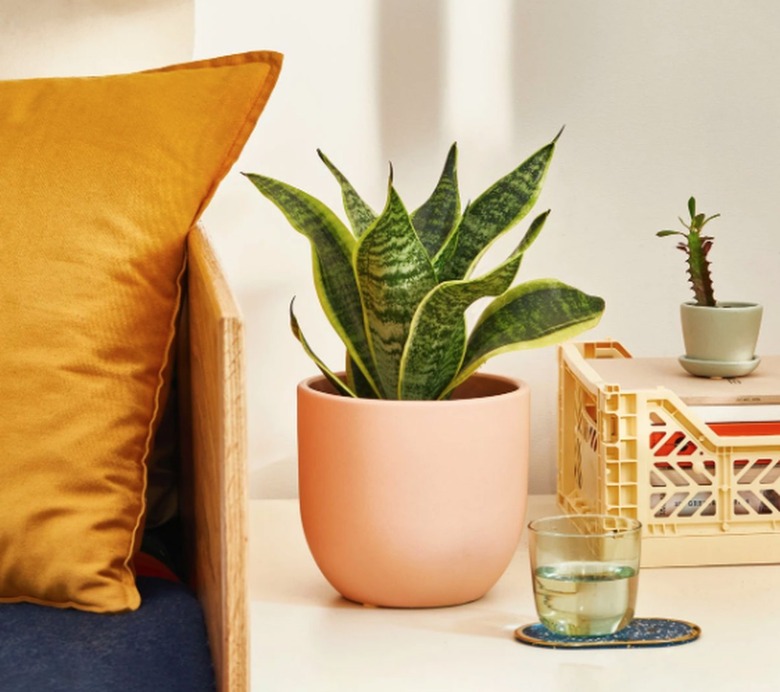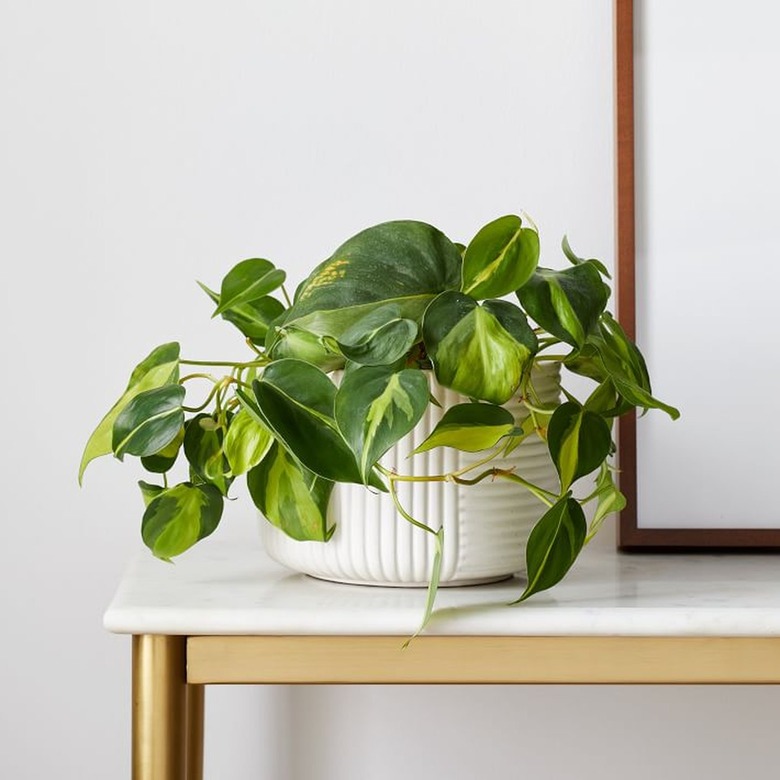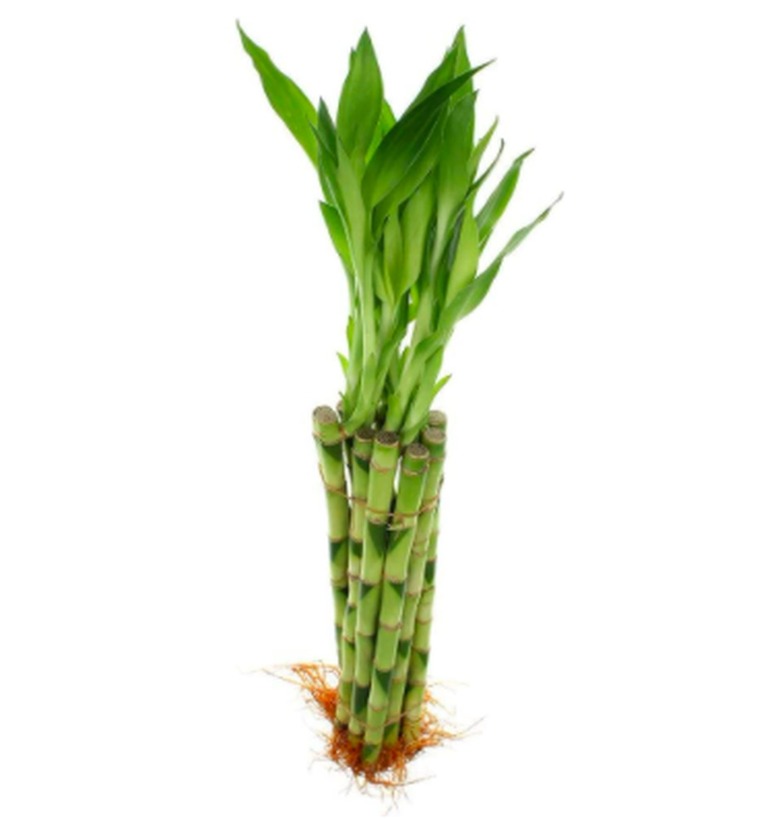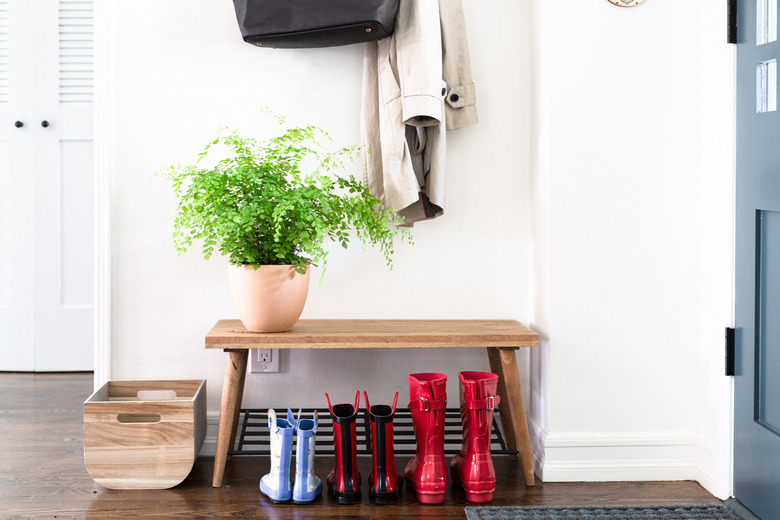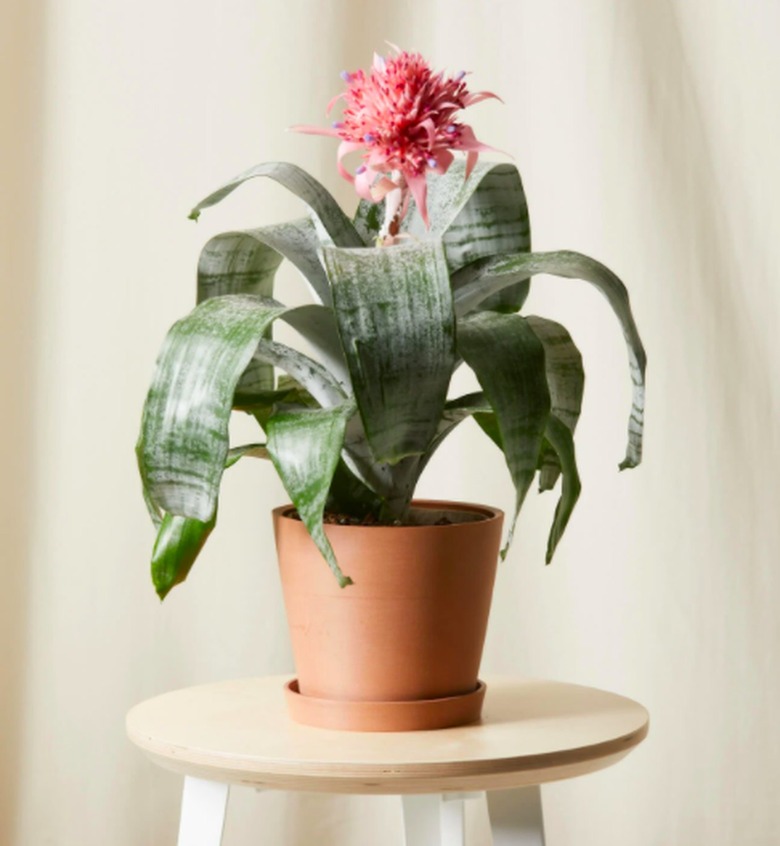Mysteriously, These 6 Plants Will Thrive In Dark Corners
We may receive a commission on purchases made from links.
It's true — some indoor plants are not afraid of the dark. While most plants need sun, there are a wide variety that will thrive in lower lit areas of your home: those with lush, cascading foliage to eccentric ferns, succulents, and even a bromeliad. Any of these houseplants that will cheer up dark corners, adding grace and beauty to your space, so take your pick.
1. Snake Plant
1. Snake Plant
There is nothing sneaky or dangerous about the snake plant (Sanseveria trifasciata), despite its common name. The snake plant is an upright succulent with stiff, thin, upright leaves up to 12 feet tall in the wild, half that height cultivated. Typically, these deeply attractive plants are emerald green with a yellow border and virtually impossible to kill. They deal with all conditions, from direct sun to deep shade and need little help from the gardener other than a little water every two or three weeks.
Buy now: The Sill Snake Plant, $60
2. Golden Pothos
2. Golden Pothos
If you prefer plants with normal-looking leaves that climb container support or cascade over the rim of the pot, you can't do better than golden pothos (Epipremnum aureum). Its bright green froth of foliage will liven up even the shadiest corner. Oval leaves grow to six inches long and the vines themselves can get to 10 feet in the house. This is another easy-care houseplant, requiring little more than drink when the soil dries out. And here's a tip: if you love your pothos and want more, clip off a too-long branch and pop it in water. Pothos propagate easily.
Buy now: West Elm Golden Pothos, $22
3. Staghorn Fern
3. Staghorn Fern
If you are a fan of wonderfully weird houseplants, we have the perfect leafy friend for your shady corner. Staghorn ferns (Platycerium spp.) thrive in shade and might be just the houseplant for your low-light corner. These epiphetic ferns grow on trees in the wild, just like air plants, and can be ornamental when mounted on a piece of wood or rock indoors. They don't need soil, only a bit of moist sphagnum moss for their roots and water every week or so. Staghorns are named after their fertile fronds that are upright and forked like a reindeer's antlers, downy to the touch. The sterile shield fronds are rounded and serve to attach the plant to its support.
Buy now: Terrain Mounted Staghorn Fern, $78
4. Lucky Bamboo
4. Lucky Bamboo
You may consider lucky bamboo (Dracaena sanderiana) a sort of party trick, since they are often grown in water. But this "bamboo" is a member of the Dracaena genus that happens to look like a bamboo shoot. It can live a long time in a container of well-drained potting soil in any full-shade area in your home. It is sensitive to chlorine, so if you plan to grow it in water, let the water sit for a few days first. Almost indestructible, lucky bamboo is supposed to bring you good fortune, so why not give it a try?
5. Maidenhair Fern
5. Maidenhair Fern
Ferns were among the first plants on the planet some 300 million years ago and many species developed. There are some ferns that like bright light, but those that grow in the wild as understory plants tend to favor shady corners. None is more beautiful than the lovely maidenhair fern. Maidenhair ferns (Adiantum raddianum) delight with their delicate foliage, with soft, fan-shaped leaf segments on wiry black stems. These stunning shade plants grow slowly, with a three-year journey to their mature size. They need consistently moist soil and humidity to thrive.
6. Urn Plant
6. Urn Plant
Some Bromeliad plants can be tricky to grow, but the urn plant (Aechmea fasciata) in the Aechmea genus, thrives on neglect in dark corners or low-light situations. This bromeliad doesn't have a stem but its leaves grow in a rosette shape and are thick and broad with silvery markings. The rosette —commonly called the "tank"— is where the urn plant takes in and holds water. Generally these plants are sold in bloom and will continue blooming for many months. The urn plant's deep purple flowers grow from eye-catching pink bracts that can display for several months. Small purple flowers appear from the bracts when in bloom. Urn plants don't need much attention, but you'll want to keep water in the plant's tank at all times and flush it out and replace the water every month.
Buy now: Bloomscape Bromeliad Aechmea, $65
